Email Us At info@pdcclosedbell.com¬
The Career Path of a Commercial Air Diver
The career of a commercial air diver starts with the student attending a commercial scuba and surface supply commercial air diver course preferably to 50 metres depth however a student diver can do 30 metres depth and return later to upgrade to 50 metres.    It is important that this training is recognised by IMCA.    Important to Note is that IMCA do not issue Air diver qualifications they only recognise certain countries 50 metre qualifications and the same goes for saturation closed bell courses.    Also very important is that you must attend comprehensive proper diver training and not short cut minimum cheap training.   Proper training costs a bit of extra money but it benefits your diving career.     There are hundreds of air divers looking for work and the mis-informed message by some out there is do the cheapest course you can for the shortest duration beware this will not benefit you at all and it will ensure you battle to keep a job as your knowledge and skill will be lacking and this type of minimal short cut cheap  training will ensure you do not become competition to any other diver looking for the next job.
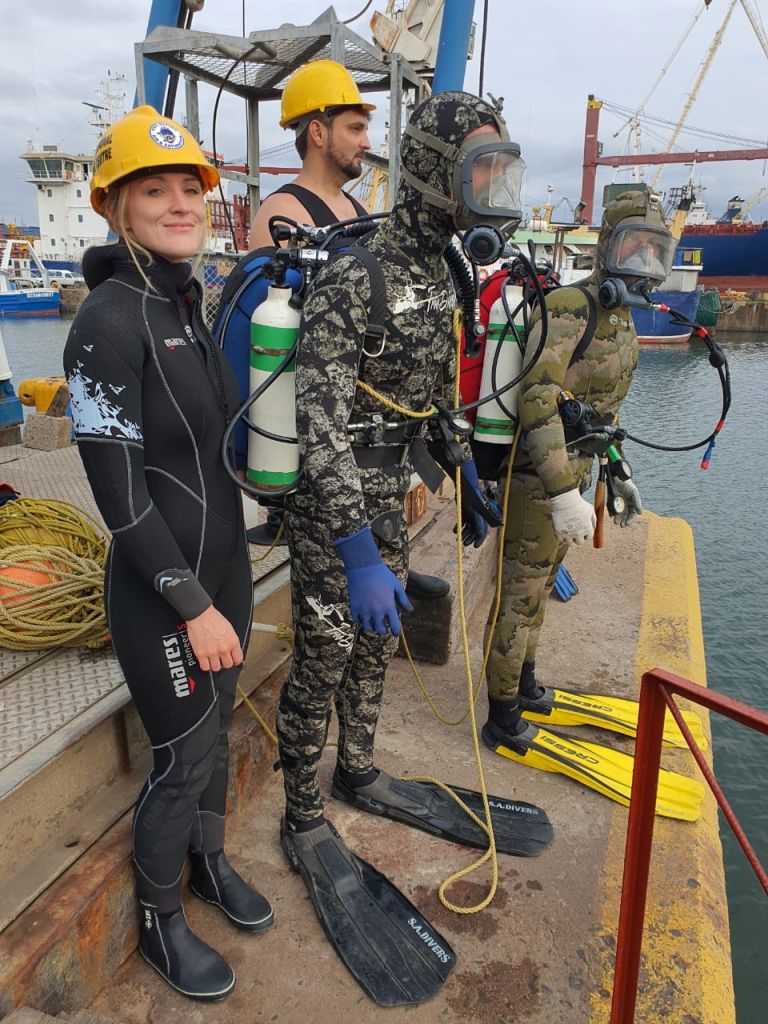

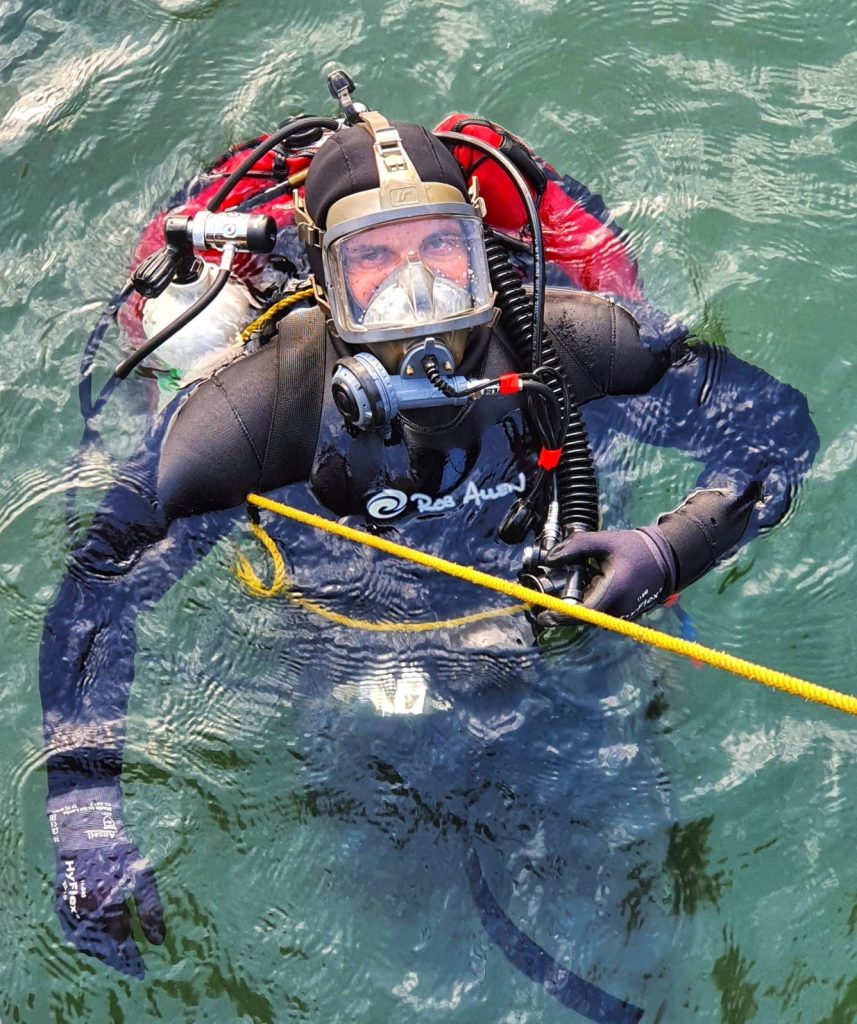

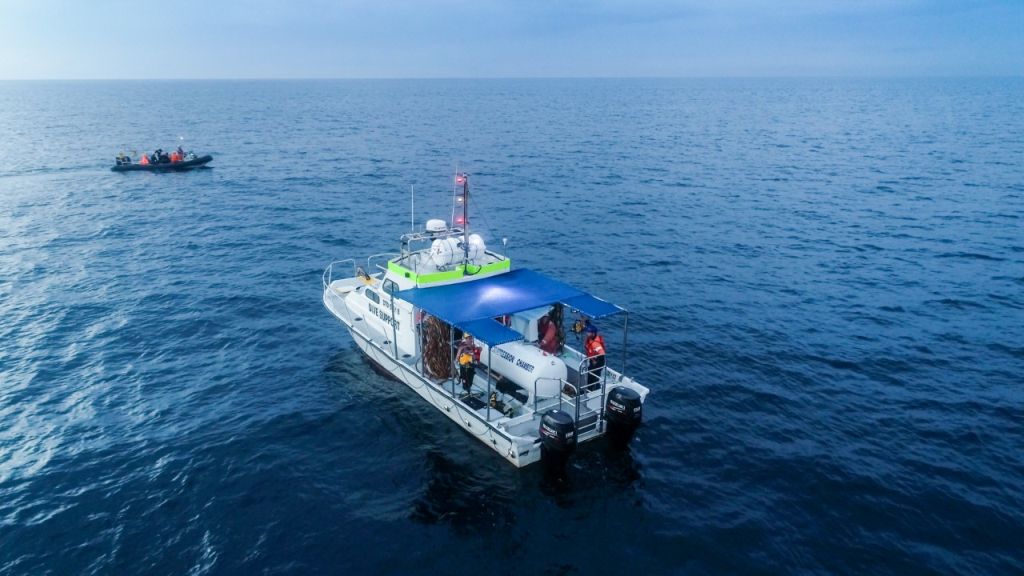

The newly trained commercial diver would then spend at least 2 years working inshore in what is called the civils diving industry.    In the civils diving industry the work would include the following underwater tasks, Cleaning, Inspecting Ships, polishing propellers, welding anodes or temporary patches, lift eyes or fitting Coffer dams on ships so dry repairs can be carried out.   This ship husbandry is conducted in the harbours or outside the harbours while the ship is moored or on anchor. Then there is are the salvage operations,  Pipelines to and from the shore, Dam Wall maintenance, UW Mining of various minerals and Fish farm type diving in tanks or at sea there are also  other surface supplied work tasks, these are a few named inshore diver work tasks.   Gaining experience in Underwater CCTV and Photographs are most times included in the civils work such as shipping, pipelines etc, however this should be included in your diver training courses as well.
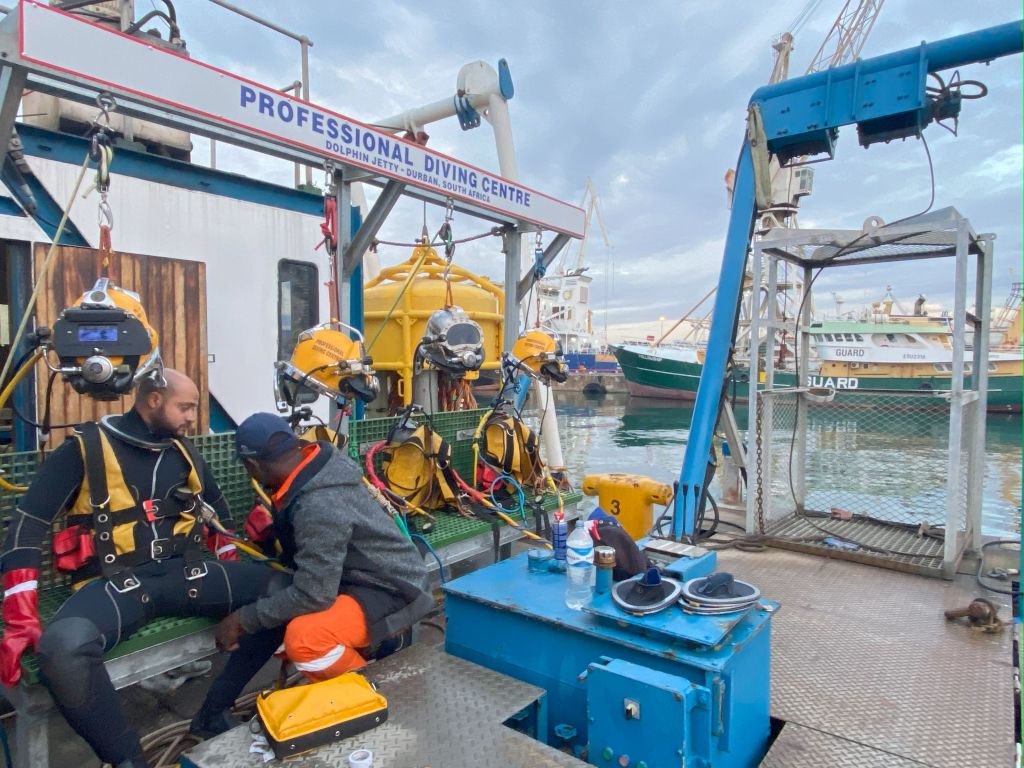
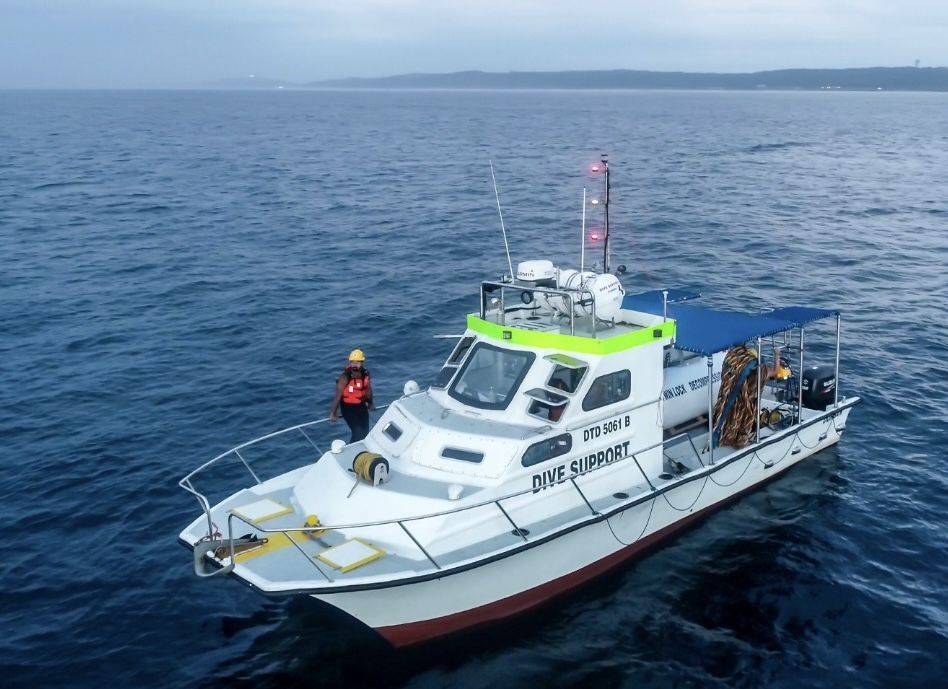
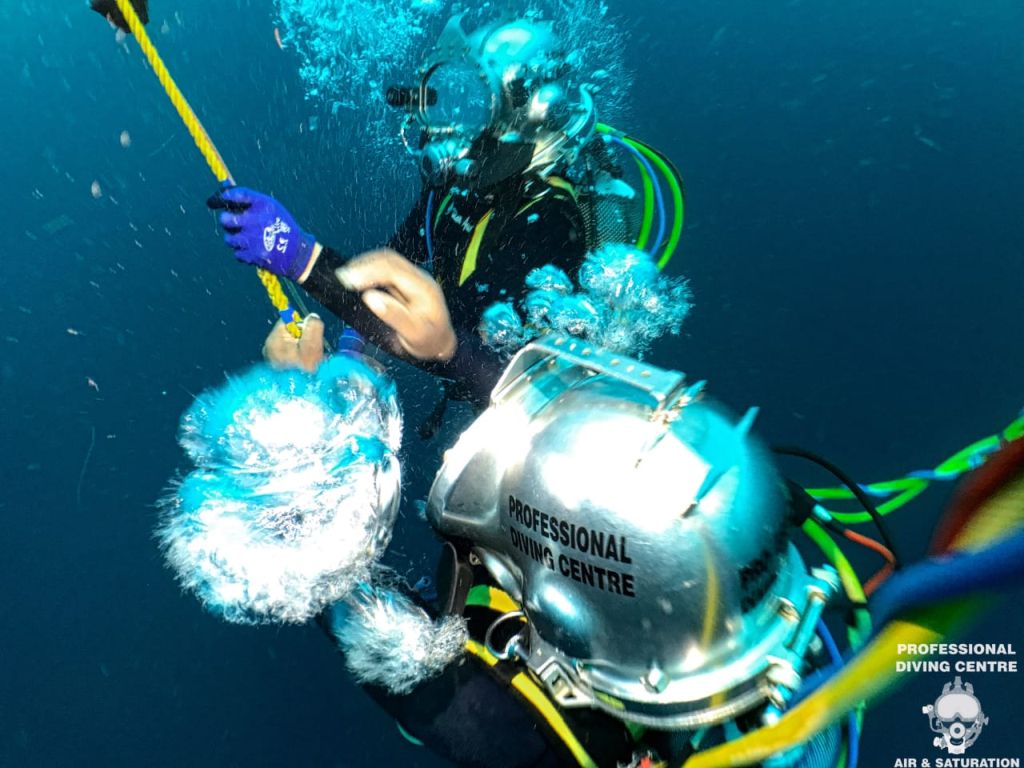



The next step in a divers career would be to plan to move towards the Offshore Air Diver Oil and Gas Industry work industry where the pay is better.    The move into this Offshore Oil and Gas work requires you need to have held a Surface Supply Commercial diver qualification with the minimum trained depth of 50 metres, which includes skills such as,  Dive Basket, Wet Bell and Decompression Chamber Operator Training including actual diving with real decompression including using Surface decompression techniques, this 50 metre training includes diving skills using power tools both Pnuemo and Hydraulics, HP water Jetting, CCTV,  Photography with measurements,  UW lift bags, UW Rigging, UW cutting called burning done with Oxygen a broco torch and Broco rods and then an introduction to underwater wet stick welding with the competence achieved to weld a 50 mm fillet bead as well as other skills.   This 50 metre training  qualification must be held for a minimum of 2 years before applying offshore.     If you did a 30 metre surface supply commercial diver course you would need to upgrade this to a 50 metre qualification and then have to wait  2 years as a 50 metre diver, hence a good reason to do the 50 metre training course from the start of your training or upgrade your 30 metre qualification as soon as possible after completing the 30 metre qualification.
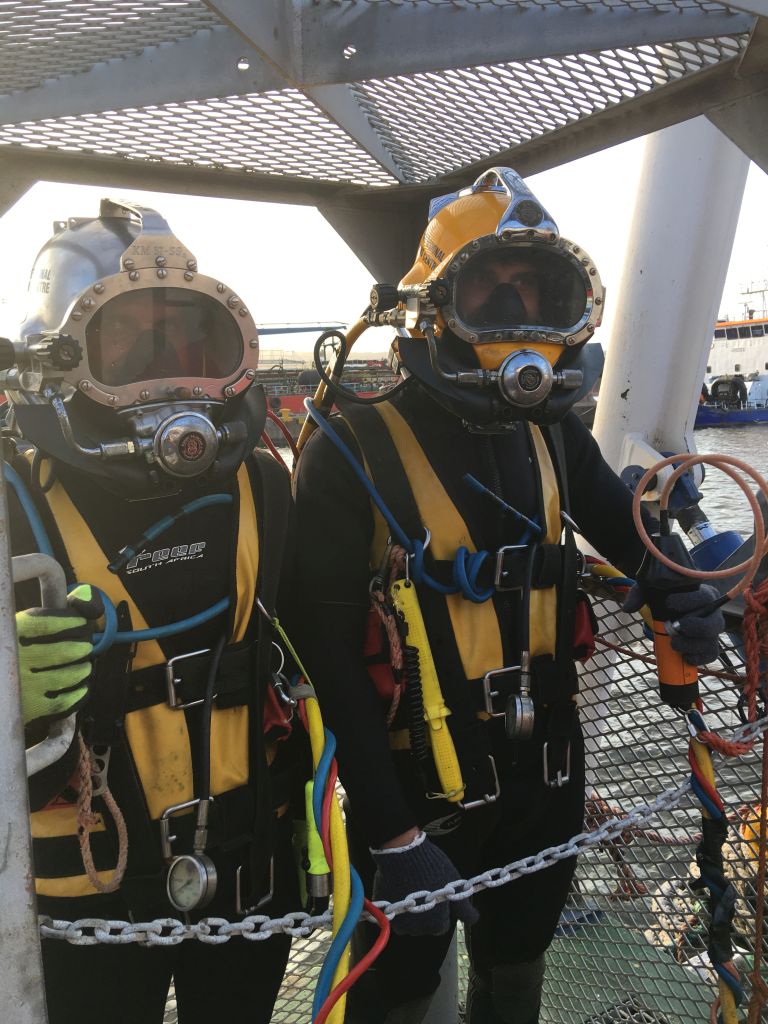





Besides having the minimum of the 50 metre dive qualification you would need to have a OPITO BOSIET Offshore Survival Course with EBA module to get into the offshore air diving, another good qualification is the IMCA DMT.  There are other OPITO courses you may require depending on what region you will be working in such as the H2S.   While working as a offshore Oil and Gas air diver you would be earning fairly good money and be happy to remain a offshore commercial air diver could for the rest of your career or you may want to follow the dive supervisor route or aiming to go to the highest level of commercial diver and be building more experience, with dives and bottom time to be accepted on a closed bell saturation diver course.   More information on that is found in the section of the website under closed bell diver.
